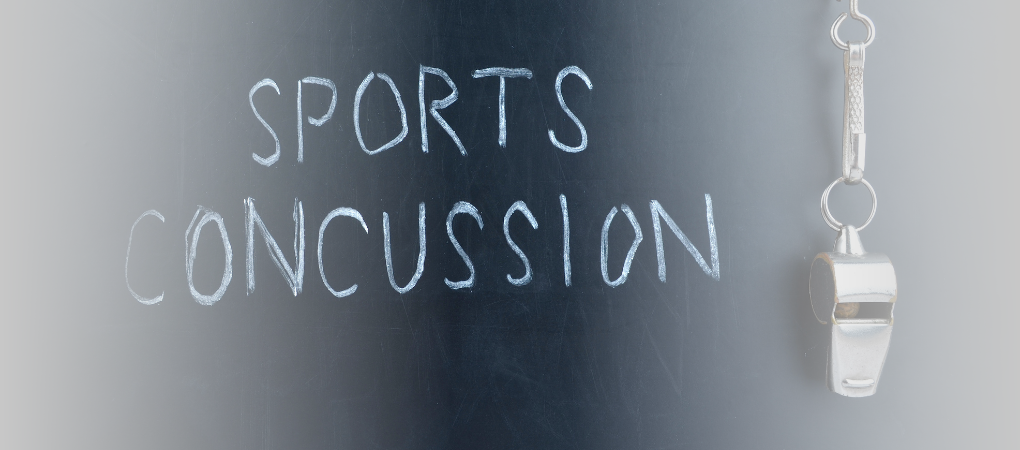Francesca Galiano
|
21/09/2022 - Last update 28/12/2022
Samantha Mazzeo, Craig Silverberg, Tiffany Oommen, Diane Moya, Nicole Angelo, Hallie Zwibel, Jayme Mancini, Adena Leder, Sheldon C. Yao | Year 2020
Effects of Osteopathic Manipulative Treatment on Sleep Quality in Student Athletes After Concussion, a Pilot Study
Pathology:
Concussion
Type of study:
Pilot study
Date of publication of the study’:
2020/Aug/11

Purpose of the study
- Objective: to evaluate the efficacy of OMT in improving quality of sleep after a concussion
- Measured outcomes:
- primary: quality of sleep measured through the question “Trouble falling asleep” of the fifth edition of Symptom Concussion Assessment Tool (SCAT-5)
Participants
- Number: 30 people (12 female and 18 male, 19.7 years)
- Criteria of inclusion: athlete students, with concussion due to sport activity in the previous two weeks, no history of neurodegenerative diseases.
- Criteria of exclusion: presence of contraindications to mTO, inability to complete the evaluations, presence of symptoms indicating a possible life threatening condition, present or past diagnosis of degenerative diseases, pregnancy.
- Groups of study: 2 groups obtained by randomization
- Group 1: OMT, 14 people (6 female and 8 male)
- Group 2: educational intervention, 16 people (6 female and 10 male)
Interventions and evaluations
- Evaluation of the concussion symptoms at the beginning of the study, after 48-72 hours after a week through the SCAT-5
- the focus was on the question “Trouble falling asleep” in particular
- 3 sessions of OMT or educational intervention
- OMT: structural evaluation, in particular searching for somatic dysfunctions in the cranial, cervical, thoracic, lumbar and sacral regions, followed by the definition of a personalized treatment plan, which was then followed by a 30-minute treatment session
- main techniques used: atlo-occipital decompression, V-spread technique, cranial techniques, balanced ligamentous tension, balanced membranous tension, compression of the fourth ventricle, thoracic inlet release, rib raising, abdominal diaphragm doming
- Educational intervention: a discussion in which the manuals Center for Disease Control and Prevention (CDC) and American Academy of Family Physicians on how to act in case of concussion, how to recognize the signs of concussion and related prognosis were presented
- Both groups had a 30-minutes discussion with the physician
- OMT performed by two physicians specialized neuromusculoskeletal medicine, who worked together to standardize the execution of the osteopathic techniques
Results
- Primary outcomes: in both groups the quality of sleep has improved. Compared to the beginning of the study: at the second visit, 36% of people in the group with educational intervention improved compared to 80% of people in the OMT group; at the third visit, 46% of the people in the group with educational intervention improved compared to 73% in the OMT group. Nevertheless, comparisons between the two groups were not statistically significant.
- Further analysis: during all visits, the overall SCAT-5 score appeared correlated to the question about the sleep quality in a moderate-strong manner. The correlation was always statistically significant and greater than the correlation between the overall score of the SCAT-5 and all other questions.
Discussion
Both interventions have improved quality of sleep, with the OMT causing an improvement both of a greater extent (the score has dropped more) and in a higher number of people. OMT may be useful in the event of concussion due to its potential to promote lymphatic drainage – now considered of primary importance in the event of alterations in brain functioning due to the discovery of the glymphatic system and of the cerebral lymphatic system – and to restore musculoskeletal and fascial mobility, probably reduced by the event that led to the concussion.
Future studies must focus on recruiting a higher number of people, on administering other active interventions (eg, touch) to assess potential placebo effects, and on using more elaborate sleep assessment scales, rather than extracting a single question from a more generic evaluation tool.
Since the sleep-wake cycle can be influenced by many factors (eg, caffeine consumption), future studies should also evaluate these factors in order to highlight their possible influence in confounding data.
Similarly, studies are needed to evaluate OMT in important conditions of sleep impairment (eg, insomnia itself).
The review of Osteopedia
By Marco Chiera
Strengths: good discussion of the current state of the literature about OMT and sleep and, above all, of the limitations of the study and, therefore, of what future studies need to do to improve the research.
Limits: to better assess the effectiveness of OMT on sleep, the inclusion criteria could have been stricter (eg, admit only those who gave more than a certain score to the question considered). There is in fact a doubt that the non-significant results are also due to the fact that the quality of sleep was not so bad.

Are you an osteopath?
Register and enjoy the membership benefits. Create your public profile and publish your studies. It's free!
Register now
School or training institution?
Register and enjoy the membership benefits. Create your public profile and publish your studies. It's free!
Register now
Do you want to become an osteopath? Are you a student?
Register and enjoy the membership benefits. Create your public profile and publish your studies. It's free!
Register now







